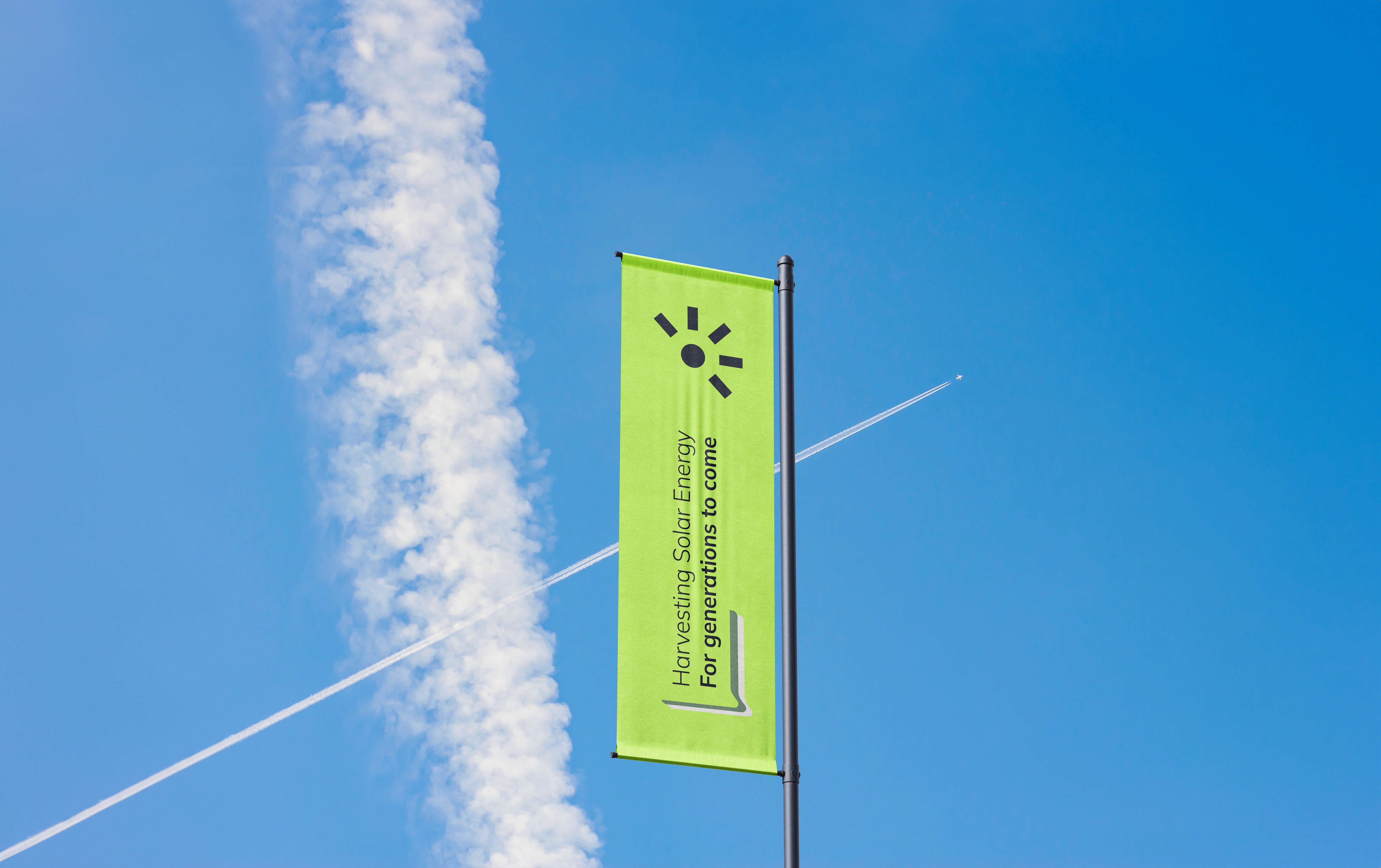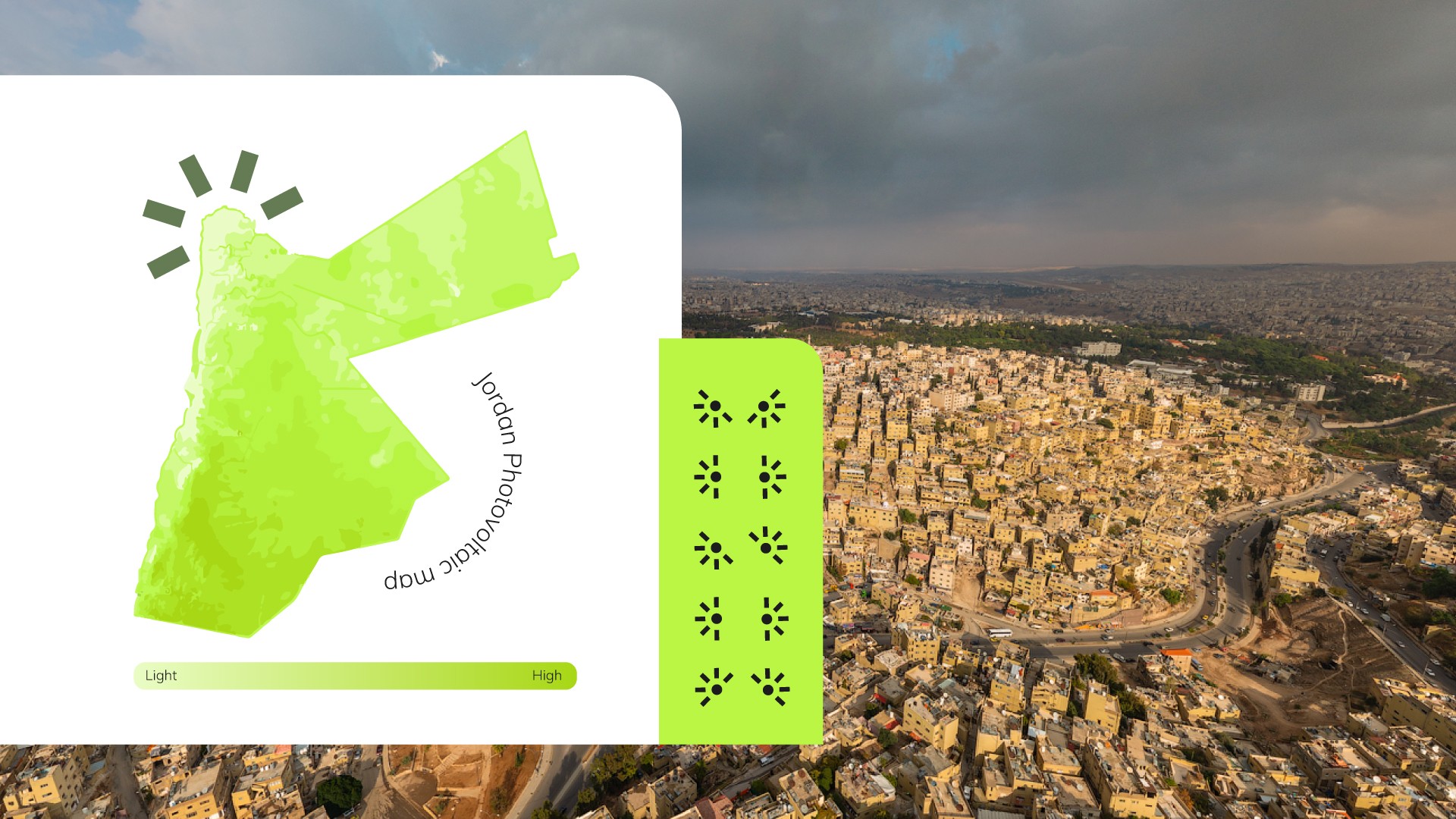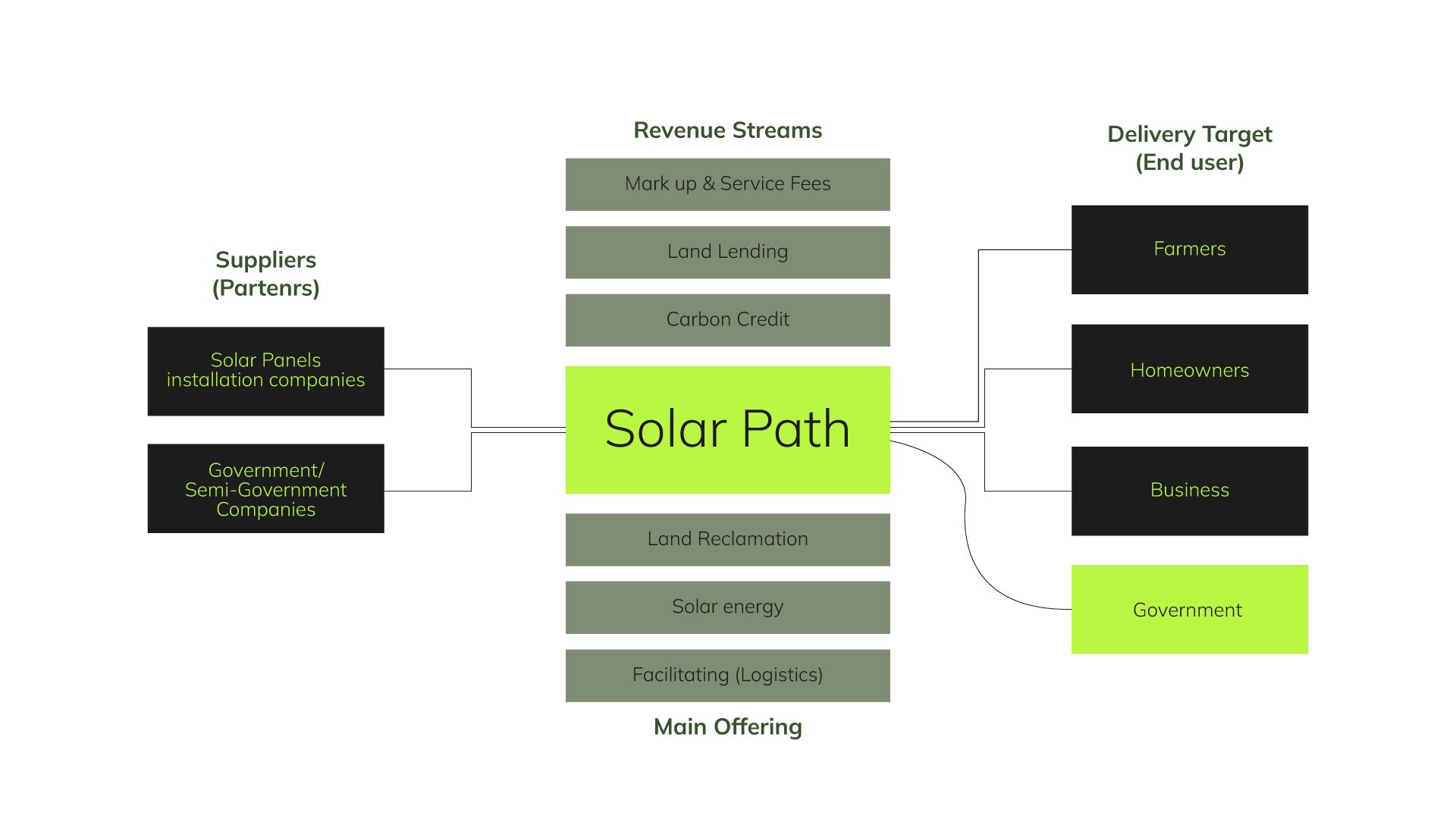Jordan is confronted with a significant energy and agricultural challenge.
The country’s high population growth and increasing energy demands have placed immense pressure on both sectors. With over 89,000 square kilometers of land, nearly 75% of which is desert, Jordan’s agricultural productivity is limited. However, the desert’s high photovoltaic output makes it an ideal location for solar energy generation. The key problem lies in finding a balance between energy production and agricultural use of land—particularly since traditional farming requires substantial water resources, which are already scarce in Jordan.
Furthermore, while solar energy presents a viable solution to Jordan’s energy crisis, it comes with its own set of barriers, including high initial land and infrastructure costs. For example, Solar Path identified an ideal plot of land in Al-Salt for 5,000 JOD per 10,000 square meters. The challenge also involves navigating a fragmented energy market in which three separate electricity providers serve different regions, each with its own regulations. This fragmentation complicates the efficient distribution of energy generated from solar farms. Another major obstacle is the cost of installing solar systems, with estimates ranging from 12,000 to 40,000 JOD for small to medium-scale systems. Without a clear path to cost recovery or government subsidies, many potential solar projects remain unviable. The Solar Path project addresses these challenges by proposing a solution that optimizes land use and cost-efficiency while offering sustainable, renewable energy and agricultural benefits.
Key Aspects of the Solution:
• Land Utilization: Solar Path identified Al-Salt as the optimal location for a pilot farm. With a 10,000-square-meter plot priced at 5,000 JOD, this land can host 20 solar systems, each producing 100 kW of electricity. The strategic placement of the farm in this region leverages the low land costs and high solar potential, making it a cost-effective and efficient choice for solar energy generation.
• Revenue Model: The project’s financial model includes three main revenue streams: sales markup from the energy produced (91,000 JOD annually), land leasing (3,000 JOD), and carbon credits (3,000 JOD). Additionally, yearly service fees of 1,125 JOD from the solar-roofed green farmhouses ensure a recurring income, making the project financially sustainable in the long term.
• Cost-Efficiency: To reduce capital expenditure, Solar Path has opted to outsource the development and maintenance of the solar farm. This approach not only lowers initial setup costs but also ensures long-term operational efficiency through maintenance contracts ranging from 10 to 20 years. A 100-120 kW system, for example, is expected to generate 3,500 JOD worth of electricity monthly, enough to power up to 100 households or six markets, all while benefiting from economies of scale.
• Agricultural Benefits: The project will customize solar panels to include integrated water pipes that serve dual purposes: cooling the panels and providing irrigation. This innovation reduces water usage, a key issue in Jordan, while improving agricultural conditions. The partial shading provided by solar panels has also been shown to create a more favorable microclimate for crops, further enhancing yield and resilience.
• Sustainability: Solar Path’s solution contributes to Jordan’s national goals of increasing renewable energy production and reducing greenhouse gas emissions. The project not only helps reduce reliance on fossil fuels but also supports local economies by creating jobs in both the agricultural and renewable energy sectors.
• Scalability: The project is designed for scalability, with a total of 98125 JOD projected in annual revenue per 1,000 square meters of land. The ability to replicate this model across different regions of Jordan and potentially beyond positions Solar Path as a leader in the renewable energy and agrivoltaics sectors, offering a viable solution for both environmental and economic challenges.
By leveraging renewable energy technology and agricultural innovations, Solar Path aims to create a sustainable and economically viable future for Jordan’s energy and agricultural sectors.
Jordan is confronted with a significant energy and agricultural challenge.
The country’s high population growth and increasing energy demands have placed immense pressure on both sectors. With over 89,000 square kilometers of land, nearly 75% of which is desert, Jordan’s agricultural productivity is limited. However, the desert’s high photovoltaic output makes it an ideal location for solar energy generation. The key problem lies in finding a balance between energy production and agricultural use of land—particularly since traditional farming requires substantial water resources, which are already scarce in Jordan.
Furthermore, while solar energy presents a viable solution to Jordan’s energy crisis, it comes with its own set of barriers, including high initial land and infrastructure costs. For example, Solar Path identified an ideal plot of land in Al-Salt for 5,000 JOD per 10,000 square meters. The challenge also involves navigating a fragmented energy market in which three separate electricity providers serve different regions, each with its own regulations. This fragmentation complicates the efficient distribution of energy generated from solar farms. Another major obstacle is the cost of installing solar systems, with estimates ranging from 12,000 to 40,000 JOD for small to medium-scale systems. Without a clear path to cost recovery or government subsidies, many potential solar projects remain unviable. The Solar Path project addresses these challenges by proposing a solution that optimizes land use and cost-efficiency while offering sustainable, renewable energy and agricultural benefits.







